What to look for in a great retirement property
As growing numbers of people are choosing to downsize to age-exclusive developments, Carla Passino discovers what makes a great retirement property.

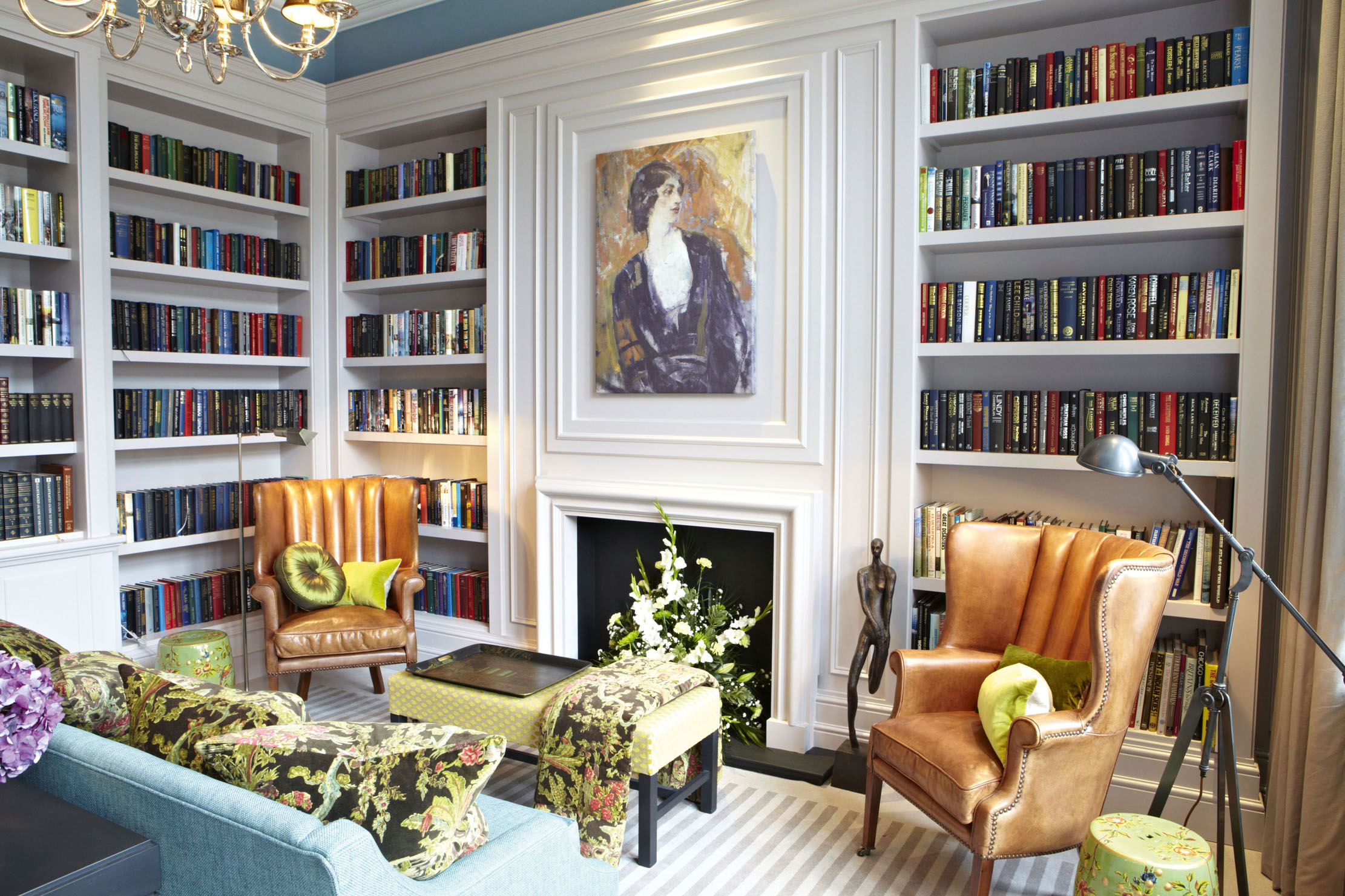
Buying a new house is always a big decision, but never more so when considering downsizing and embracing a new lifestyle in an age-exclusive development. ‘When someone has to decide whether to move out of their family home, where they raised their family, it’s difficult. Not everyone will want to do it, but what senior housing does is to give people an alternative,’ says Lauren Harwood, head of senior housing research at Knight Frank, who notes that the market for retirement schemes has been expanding steadily in the past 18 months. ‘As the sector grows, there are more options: different price points, options in terms of buying or renting or in terms of whether you want to live in a village-style community in a suburban area or in an urban context. It gives people lots of opportunities.’
As choice widens, however, the features that make a retirement property particularly sought-after can sometimes turn out to be strikingly similar to those that rule the open market: in both cases, location tops the charts. A 2019 survey by Knight Frank revealed that more than half of the respondents saw location as the most important factor when choosing a property for their golden years. This comes as no surprise to Paul Aitkenhead of Lifestory, a developer that specialises in building houses to suit different life stages. ‘A lot of the time, our customers have large rural houses that become a little too much for them and they realise they’d rather see their grandkids, go on cruises or see the world than maintain their home. In those cases, they either move closer to their family or to somewhere where they can walk to local amenities.’
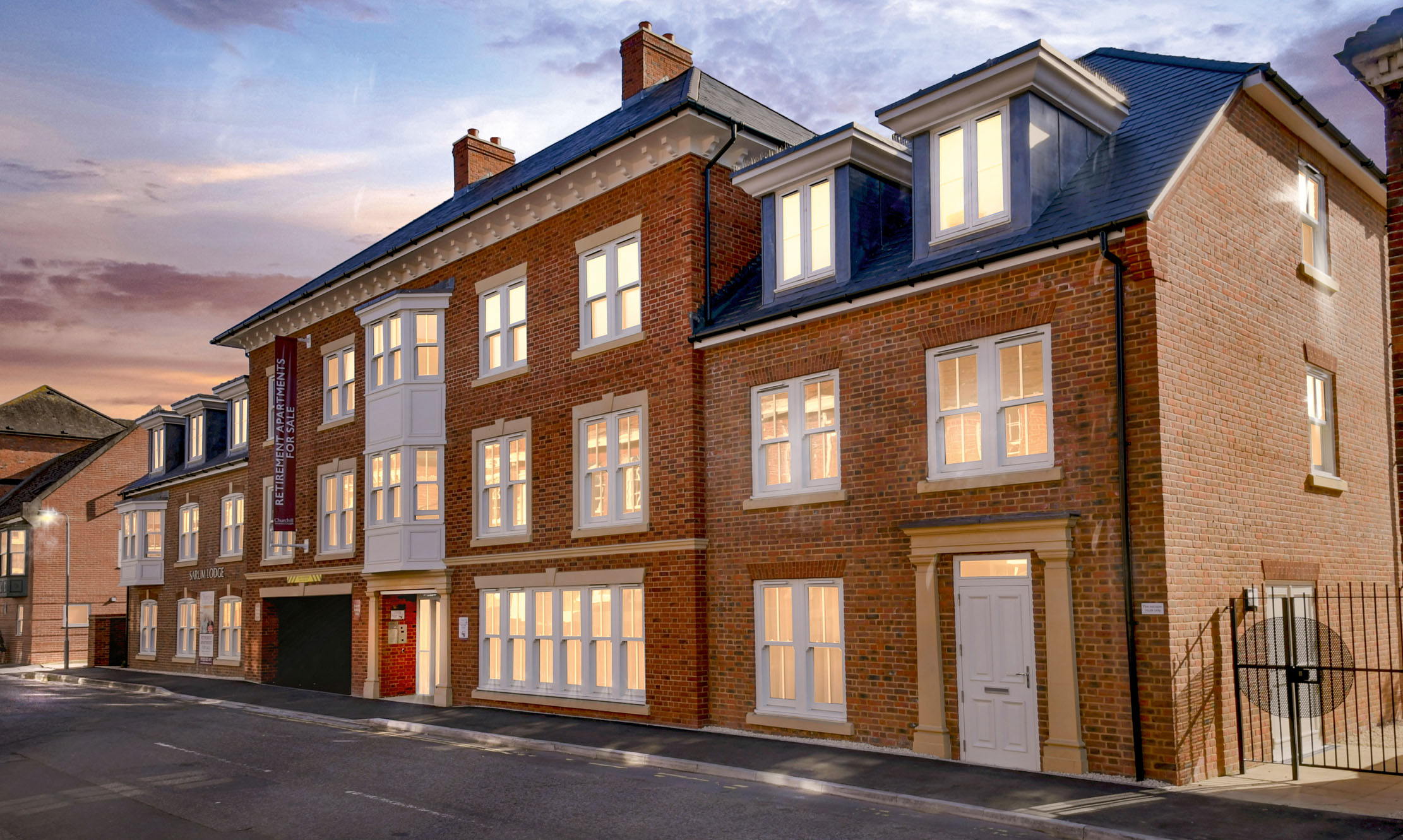
The big difference with open-market housing is that age-exclusive schemes promise to take the hassle out of everyday life, so that people can have more spare time to enjoy their ideal location: ‘What we do is ensure we keep our end of the bargain: lifts work, if anything gets a bump when people are moving in, it is redecorated, everything is kept fresh, the gardens are well looked after,’ notes Mr Aitkenhead.
That said, there’s one area where many people would rather remain hands-on: some light gardening. A slice of green space — in addition to manicured communal gardens — remains a prized asset. ‘There is quite a range of what people are looking for, but I’d say top of the list normally comes outdoor space,’ reports Mr Aitkenhead. ‘People are happy to give up their home and garden, but always want their little private outside space. As much as we have communal gardens, sometimes you want that space and time to yourself.’
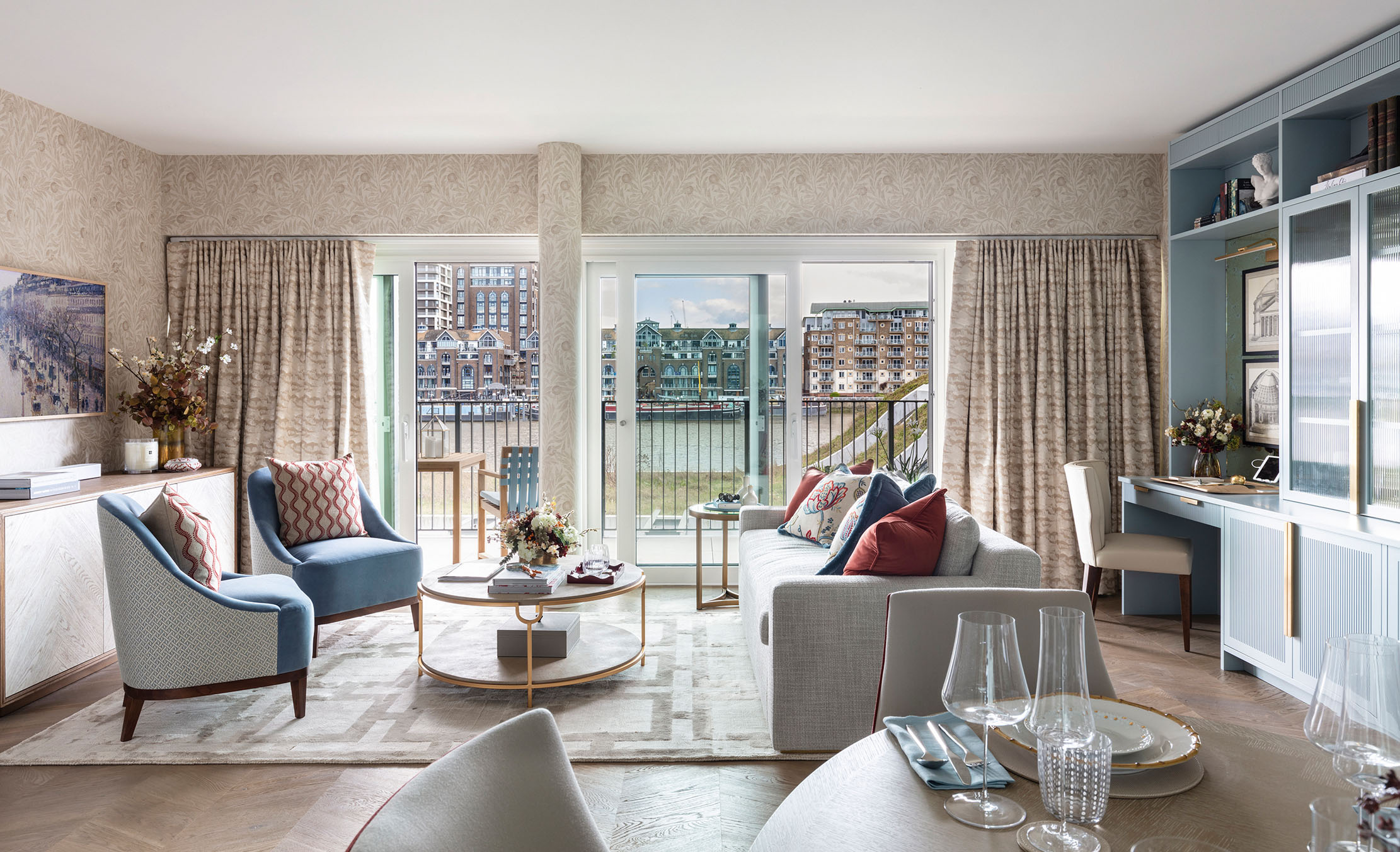
For every retiree seeking privacy, however, there’s another who relishes the opportunity of becoming part of a like-minded community and that’s where having access to a wide range of communal amenities can really make the difference: ‘The modern amenities and five-star hospitality services available within our developments help to foster and encourage interaction among residents,’ says Jason Leek, CEO of Riverstone. ‘Although bespoke care provision shouldn’t be overlooked, the over-65s want to live a life that is uncompromised.’
Riverstone’s schemes fall into a particular category of age-exclusive living called housing with care. Mrs Harwood explains that the market is split into two main models: traditional retirement housing, in which people buy or rent an apartment and have access to communal gardens and social areas; and housing with care, which makes up about 15% of the accommodation stock and is rather akin to branded residences in that it offers a dizzying array of luxury services and attractions.
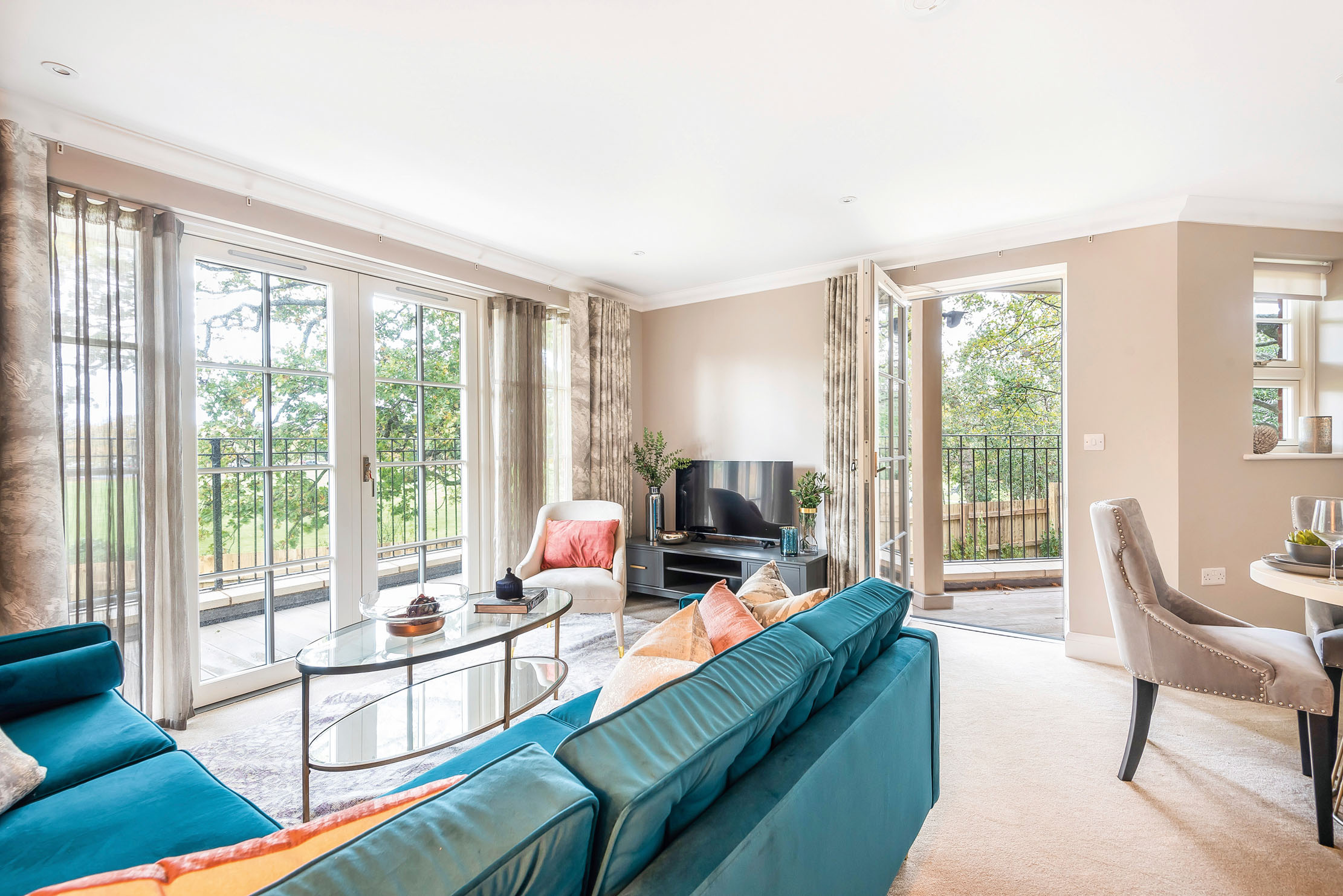
In those developments, ‘you’d expect a restaurant and a bistro, probably a more casual cafe, quite often private dining that you can book for a family event; you have wellness (often gym, swimming pool and spa), a hobby and activities room and other amenities, such a library, study area and hairdresser’s,’ according to Mrs Harwood. ‘What these operators do really well is the service and hospitality. You are likely to have a concierge and reception staff to help you sort out problems, people doing landscaping and maintenance, all the way through to yoga, card clubs and book clubs, run by both operators and residents.’
Exquisite houses, the beauty of Nature, and how to get the most from your life, straight to your inbox.
With so much going on, it’s a wonder that people manage to spend any time inside their new homes. However, having enough indoor space is important to downsizers that want to keep hold of some of their old furniture and many developers know that. ‘Operators have a very good idea of who they are targeting when they build their scheme, so they may have oversize apartments, ones that are slightly bigger than if you merely bought a flat,’ says Mrs Harwood. ‘They cater to that.’
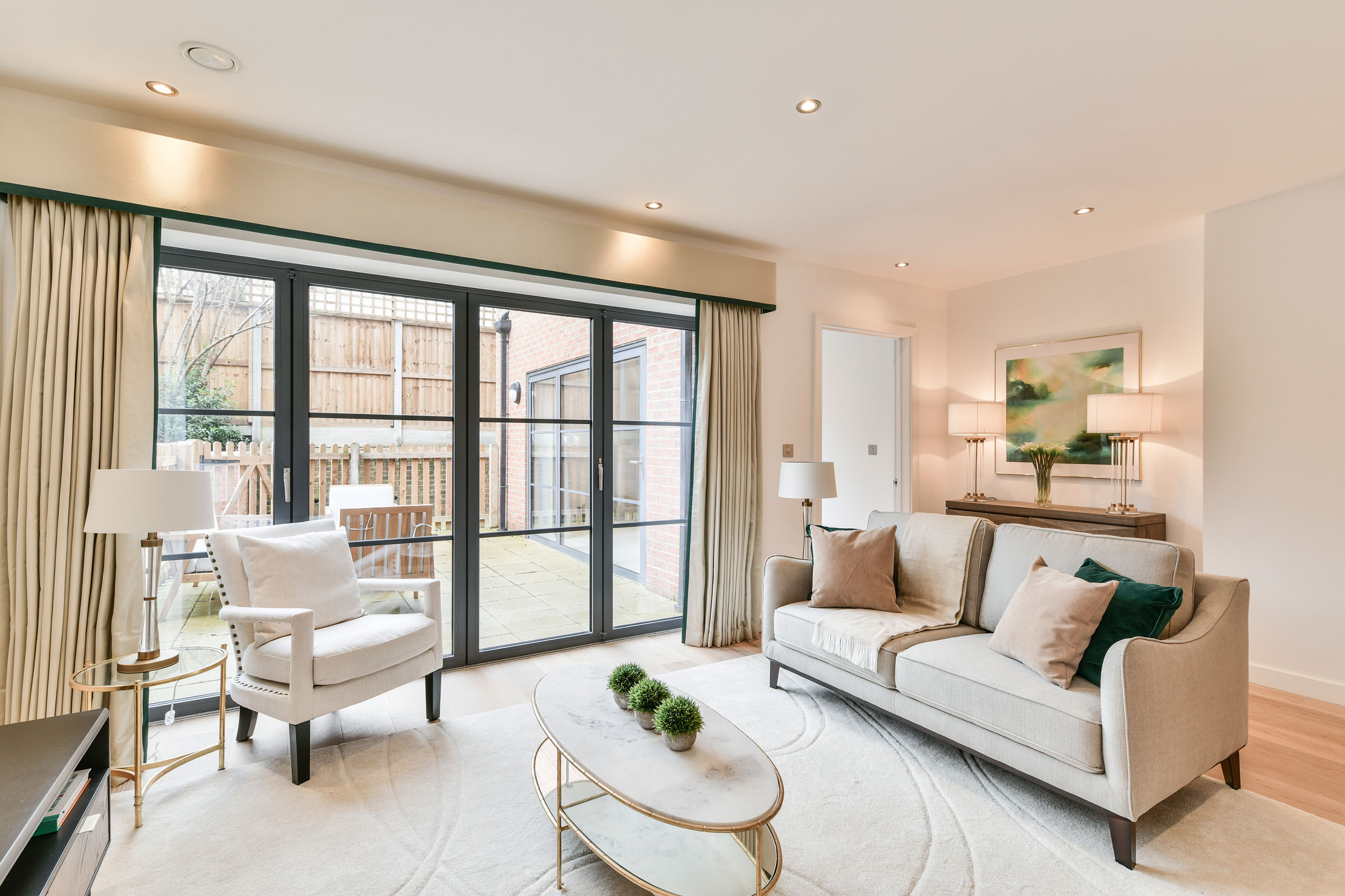
Mr Aitkenhead says Lifestory works with a third-party company to offer a complete and bespoke service that helps people declutter and move, ‘looking at floorspace, what furniture they have, where everything is going to go and perhaps putting some pieces up for auction or donating them to charity’. That said, he continues, the best retirement interiors make the most of light and space: ‘We have a focus on designing around wellbeing, so our apartments are very bright, our corridors are very wide and we have big floor spaces. All is designed around our customer and the feedback we get, such as what’s the right height to place the oven — all these things are considered. Everything is integrated, so it looks as if it’s meant to be. For example, our New Forest development has country-feel kitchens.’
This wellbeing-centred approach requires a lot of thought and kitchens, in particular, pose perhaps one of the greatest design conundrums, with buyers often split into two camps. ‘Some people like an open-plan area because they feel cooking has a social side; others are very traditional, preferring to stay separated from the living area and then present the food once it has been prepared, like a magic trick.’
As far as decisions go, picking a kitchen is clearly almost as big as choosing whether to downsize. For the latter, at least, Mr Aitkenhead has a solution at hand: try before you buy. ‘We offer a rent-to-buy option called Lifestory Choice to Buy: people can rent with us and, if they sell their home and choose to buy from us within the first six months, they get their rent refunded.’
Can you keep pets in a retirement property?
Buyers looking to downsize are often undaunted by the prospect of parting with old furniture and belongings, but leaving behind a beloved dog, cat or rabbit is out of the question. Luckily, many age-exclusive developers, such as Audley Villages and Churchill Retirement Living, welcome animals.
‘We know that keeping a pet can reduce stress, provide companionship and help to increase physical activity, all of which is essential as we get older,’ says Spencer McCarthy, chairman and CEO of Churchill Retirement Living. ‘More importantly, we know that many of our owners simply wouldn’t contemplate leaving their furry friends behind, which is why pets are welcome at Churchill.’
Audley Villages shares the same approach, with managing director of operations, Paul Morgan, revealing that owners are encouraged to bring their pets, ‘be that their golden retriever, pet rabbit or even lizard’. Indeed, he continues, ‘having pets around our villages really strengthens the community feel and now that that the rule of six is back, it can lead to new friendships, with owners choosing to walk their dogs together in the beautiful grounds and surrounding green spaces’.
A pleasant walk around Churchill’s Lockyer Lodge, in Sidford, Devon, might afford a glimpse of rescue poodle Molly, whereas at Audley’s St George’s Place, in Birmingham, you might catch sight of Inky, a shih-tzu, or Daisy and Scampi, a Jack Russell terrier and ‘Heinz-57’ respectively, being walked by their owners. But perhaps the most popular Audley dog is Pizza, a 16-year-old Norwich terrier that lives at Cooper’s Hill, in Englefield Green, Surrey. Although ‘he’s getting on a bit these days’, his owner, Jenny Warner, reports that ‘he is considered quite the pin-up’.
On-site healthcare at retirement properties
‘In housing-with-care developments, healthcare service is available as and when required,’ points out Knight Frank’s Lauren Harwood.
‘This can range from assistance with some activities and medication management to buddy schemes or, if you have a particular condition, specific support that you can get in your own apartment. It allows people to live independently, but if they need a little more help, it’s there — you can have it at home and it’s very flexible.’
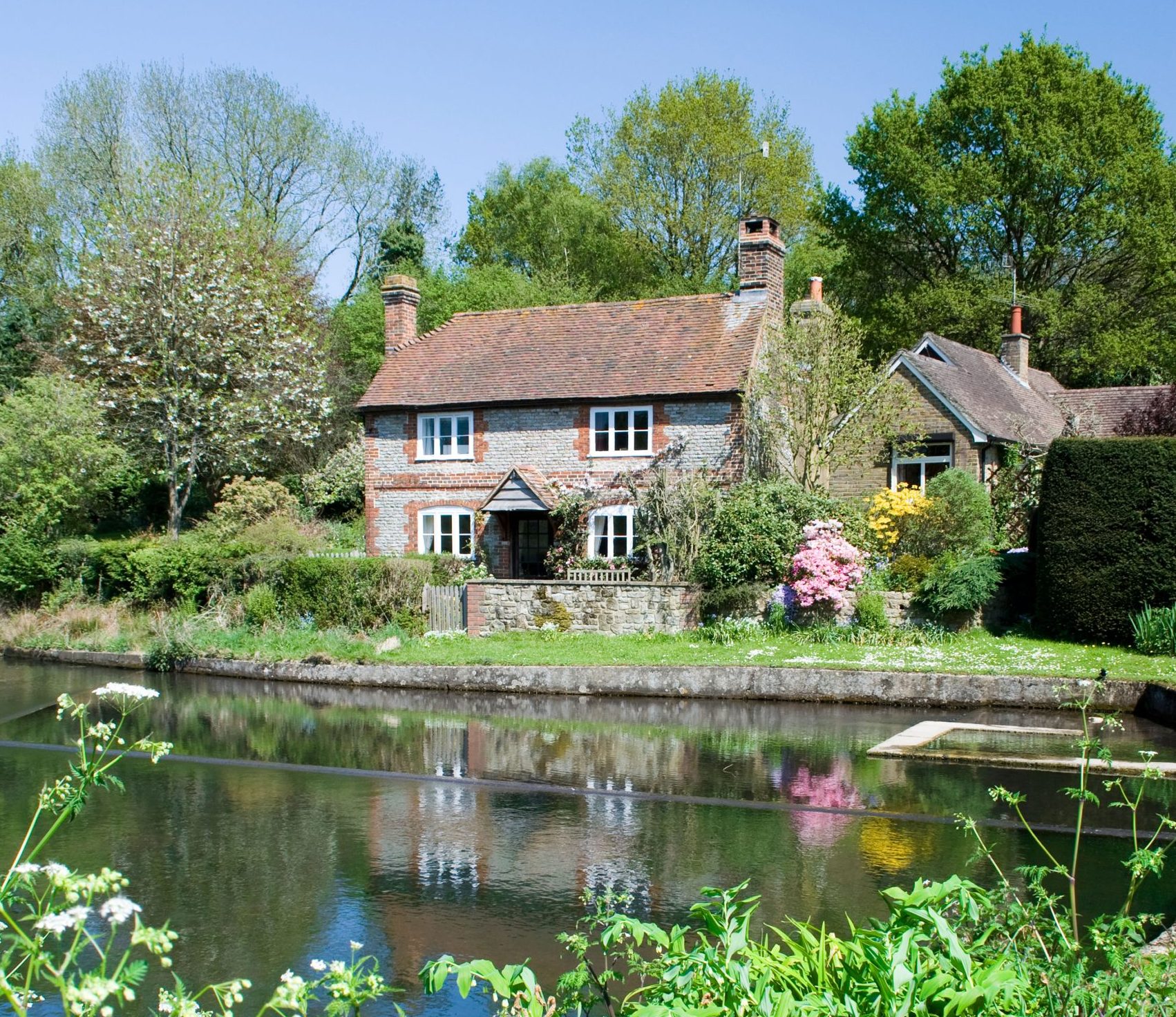
Credit: Alamy
Seven golden rules for selling a country house
With coronavirus now seemingly past its peak in Britain, we're tentatively beginning to look ahead to how life will get
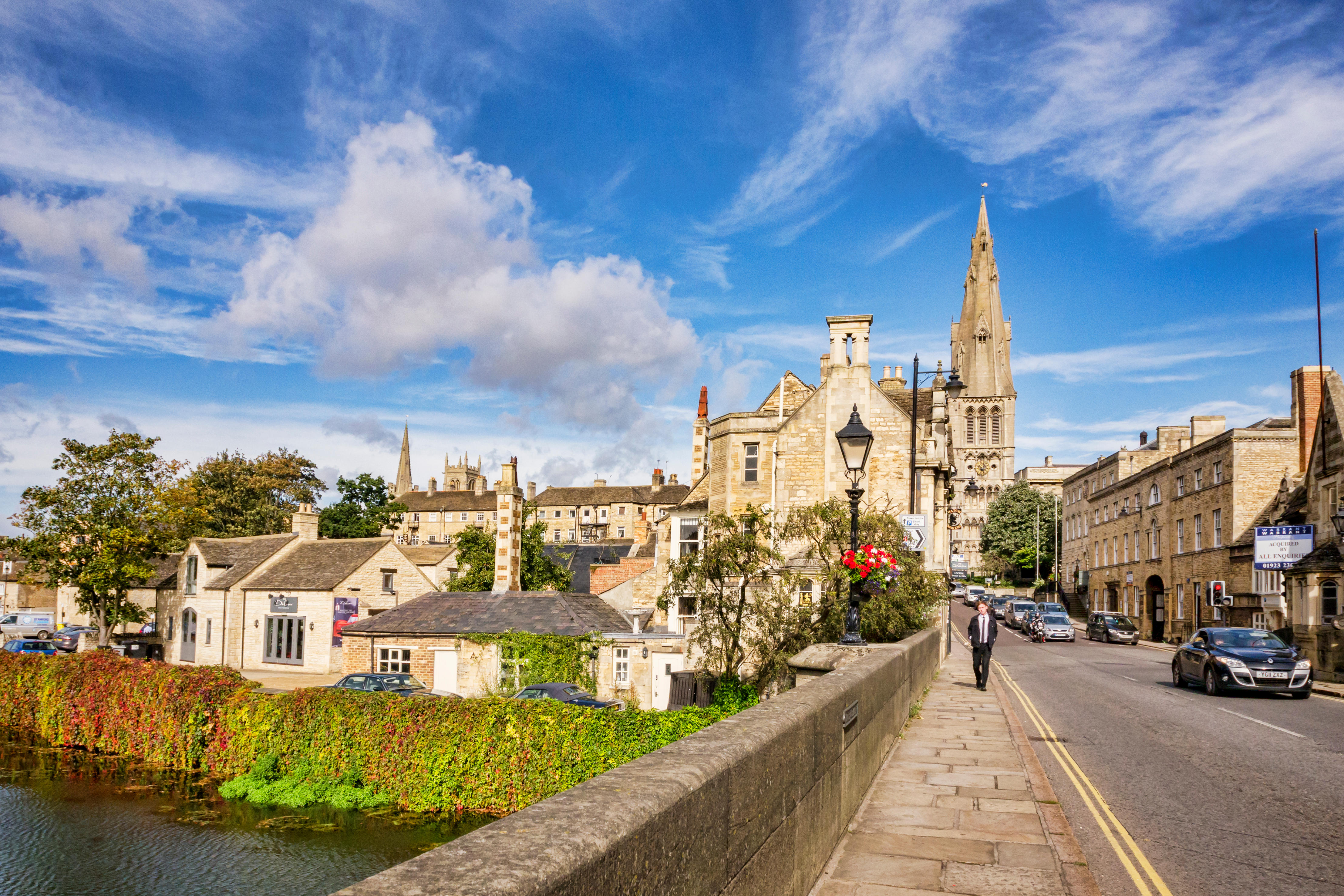
The age of the 'townsizers': The downsizers who are heading back into town instead of retiring to a country cottage
Carla must be the only Italian that finds the English weather more congenial than her native country’s sunshine. An antique herself, she became Country Life’s Arts & Antiques editor in 2023 having previously covered, as a freelance journalist, heritage, conservation, history and property stories, for which she won a couple of awards. Her musical taste has never evolved past Puccini and she spends most of her time immersed in any century before the 20th.

